Healing is not a straight line. It is a long process filled with moments of rise, fall, reflection, and renewal.
Sometimes you revisit old memories, and other times you find yourself moving forward with more strength than before. This back-and-forth movement is not failure but a part of how the brain learns.
Each time your brain experiences a sense of calm, safety, or connection, it quietly records that experience like a new memory. Over time, these moments begin to form the groundwork for resilience. This is the subtle, long game of neuroplasticity, the steady art of teaching your brain to find balance again and again.
Why Consistency Matters
Healing the brain is not about doing something once and expecting change. It is about gentle repetition. Just as a muscle grows stronger through movement, the brain strengthens new pathways each time it experiences calm, focus, or a sense of safety.
Each session with neuroVIZR offers that moment of practice. The soft rhythm of light and sound signals the nervous system to slow down and remember what regulation feels like. It gives the brain a quiet reminder of safety and balance.
With time, the body begins to recall that feeling on its own. The mind no longer searches for calm outside; rather starts finding it within. Over time, what once required effort becomes effortless, and calm starts to guide how you think, feel, and respond to life.
From Reactive to Responsive
Stress, anxiety, or trauma can make the brain hyper-reactive. Over time, this erodes focus, creativity, and emotional balance.
To bring the brain back to equilibrium, rhythmic entrainment helps stabilize brainwave activity, allowing the brain to gradually shift from reactive to responsive.
That’s when you begin to notice subtle changes:
A pause before reacting:
You start to notice a small gap before you jump to respond. That instant of awareness gives your body time to calm down, your heartbeat to settle, and your thoughts to catch up. The game here is not about holding yourself back but about giving yourself a moment to see things as they are before choosing how to respond.
A breath before speaking:
When the mind and body begin to sync, breathing becomes easier. Taking that one calm breath before speaking helps you gather your thoughts and choose your words with clarity. It shifts conversations from automatic reactions to more mindful, meaningful exchanges.
A sense of space between stimulus and response:
This is where you notice real change. You no longer feel pulled to react to everything immediately. Instead, there’s a sense of space to think, feel, and respond with intention. That space brings steadiness, helping your thoughts and emotions work together instead of against each other.
Science Meets Self-Care
Light and sound directly interact with how your brain organizes and regulates itself. Modern neuroscience shows that rhythmic visual and auditory stimulation can help the brain shift into states that support focus, calm, and recovery. Here’s how:
-
Promotes balanced brainwave activity
Exposure to rhythmic light and sound encourages the brain to move into alpha and theta state patterns linked with creativity, relaxation, and emotional processing. These states help quiet mental noise while keeping awareness sharp, allowing the mind to rest without shutting down.
-
Improves neural flexibility
A healthy brain is not always calm but can shift easily between focus, rest, and recovery. Rhythmic stimulation increases brain signal variability, which means your brain can adapt more smoothly to change and recover faster from stress.
-
Supports cellular resilience
Research also points to an increase in brain-derived neurotrophic factor (BDNF), a key protein that supports neuron growth, repair, and long-term brain health. Higher BDNF levels are associated with better memory, learning, and emotional stability.
-
Reinforces emotional regulation
Emotional regulation helps the nervous system recognize safe, steady rhythms, and the brain begins to replace patterns of overreaction with patterns of control. This balance allows you to meet stress with clarity rather than collapse.
A Daily Ritual for the Mind
Big change often begins in small moments of stillness.
It doesn’t always take grand efforts to reset the mind. Sometimes, all it needs is a few quiet minutes to pause and breathe. A simple evening routine, a comfortable chair, soft light behind closed eyes, and gentle sound playing in the background can help your thoughts slow down and find their rhythm again.
In those calm moments, the brain starts to remember what safety feels like. It reconnects with ease, with presence, and with the quiet knowing that no matter how the day has gone, you can always begin again!



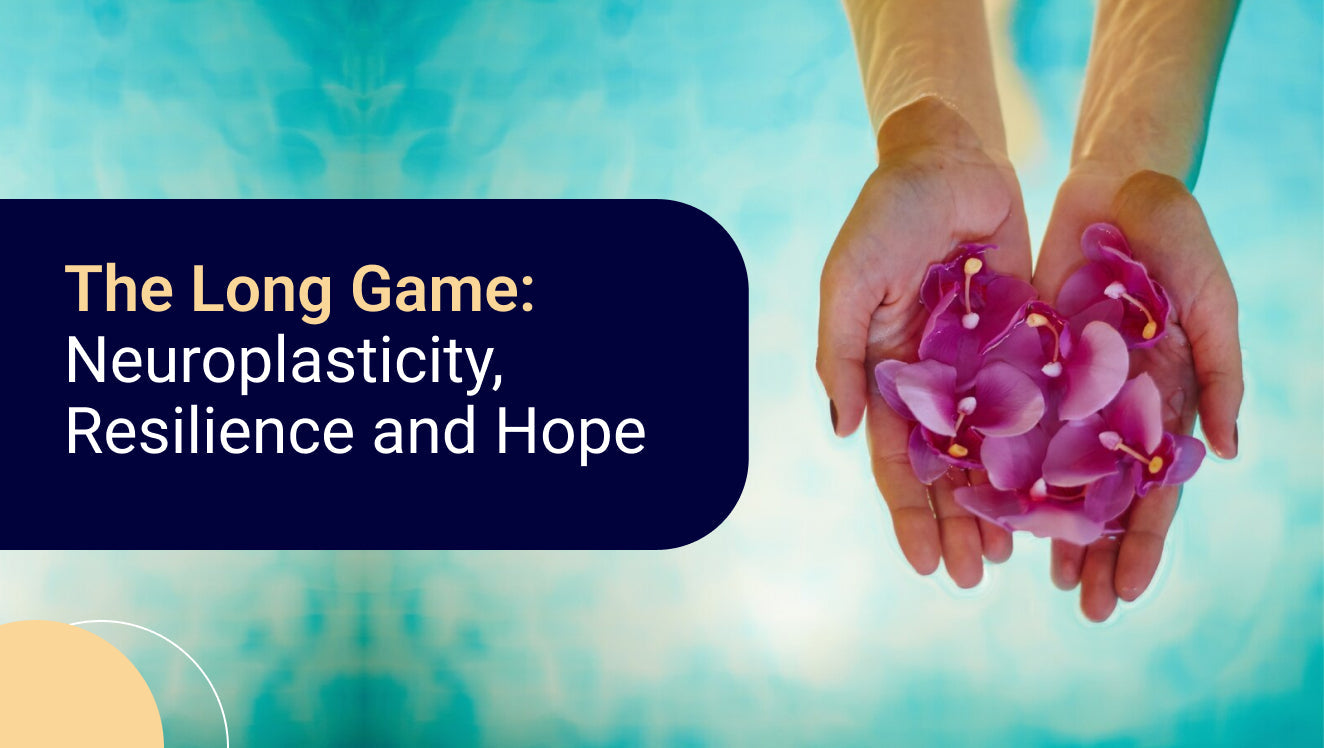






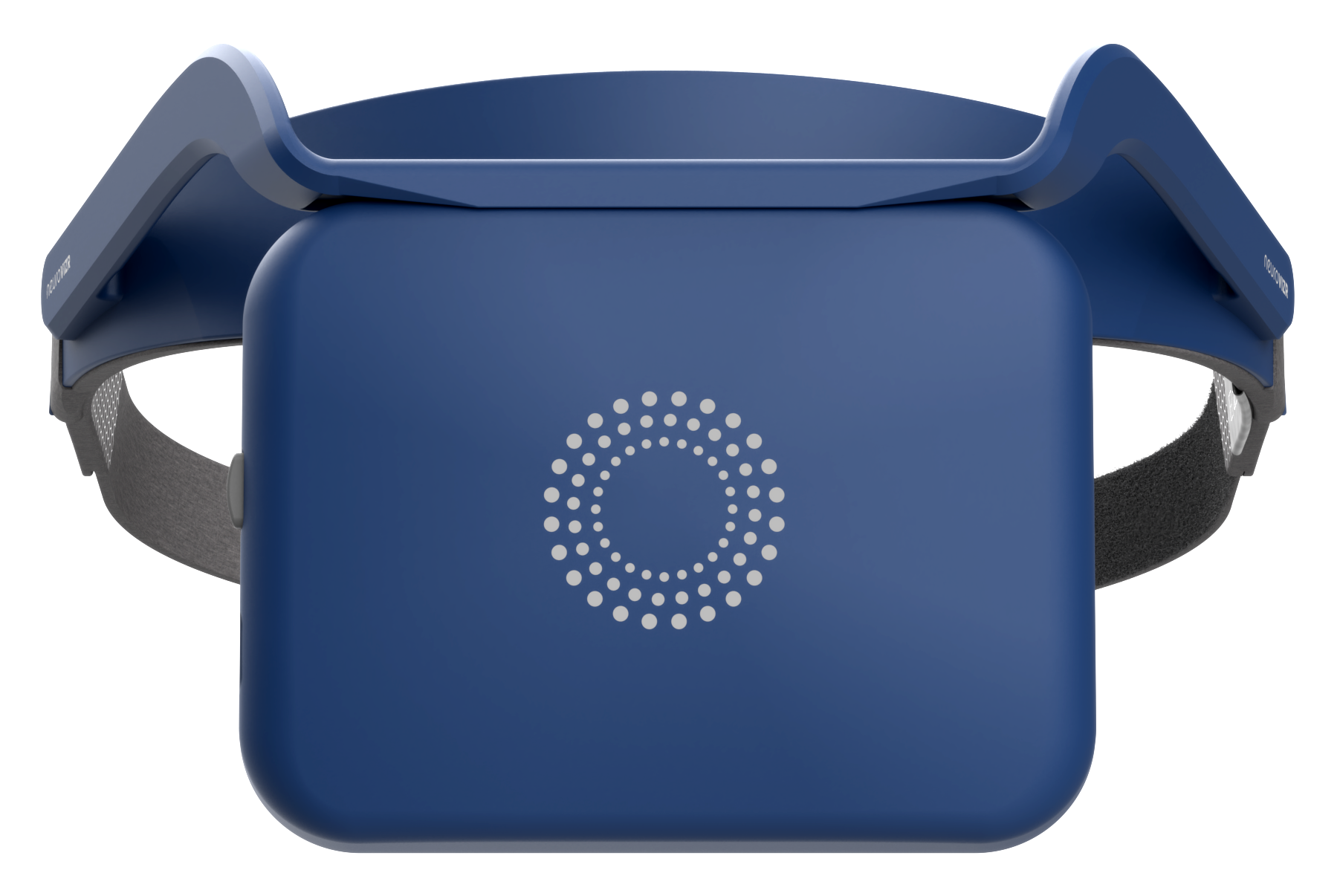


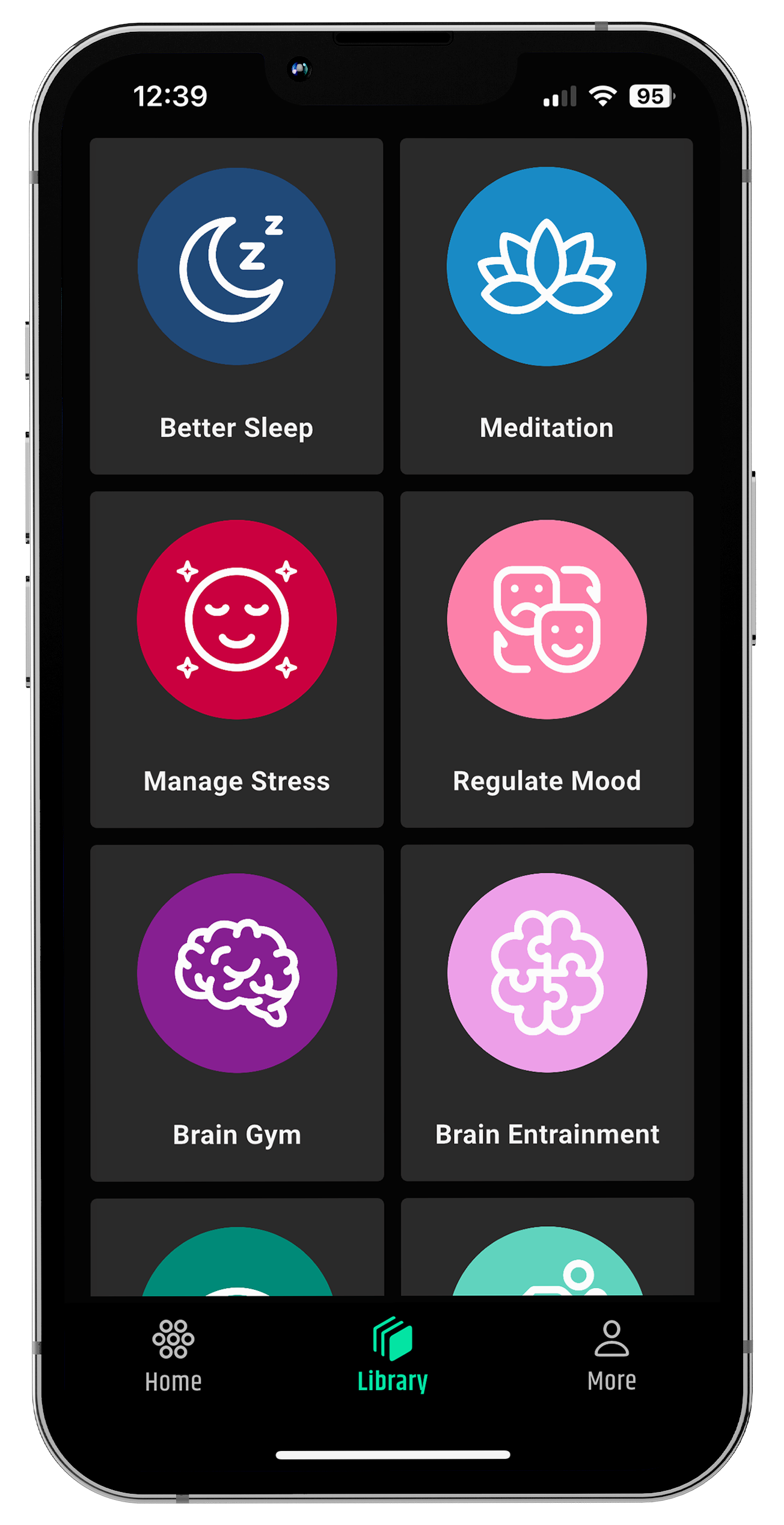
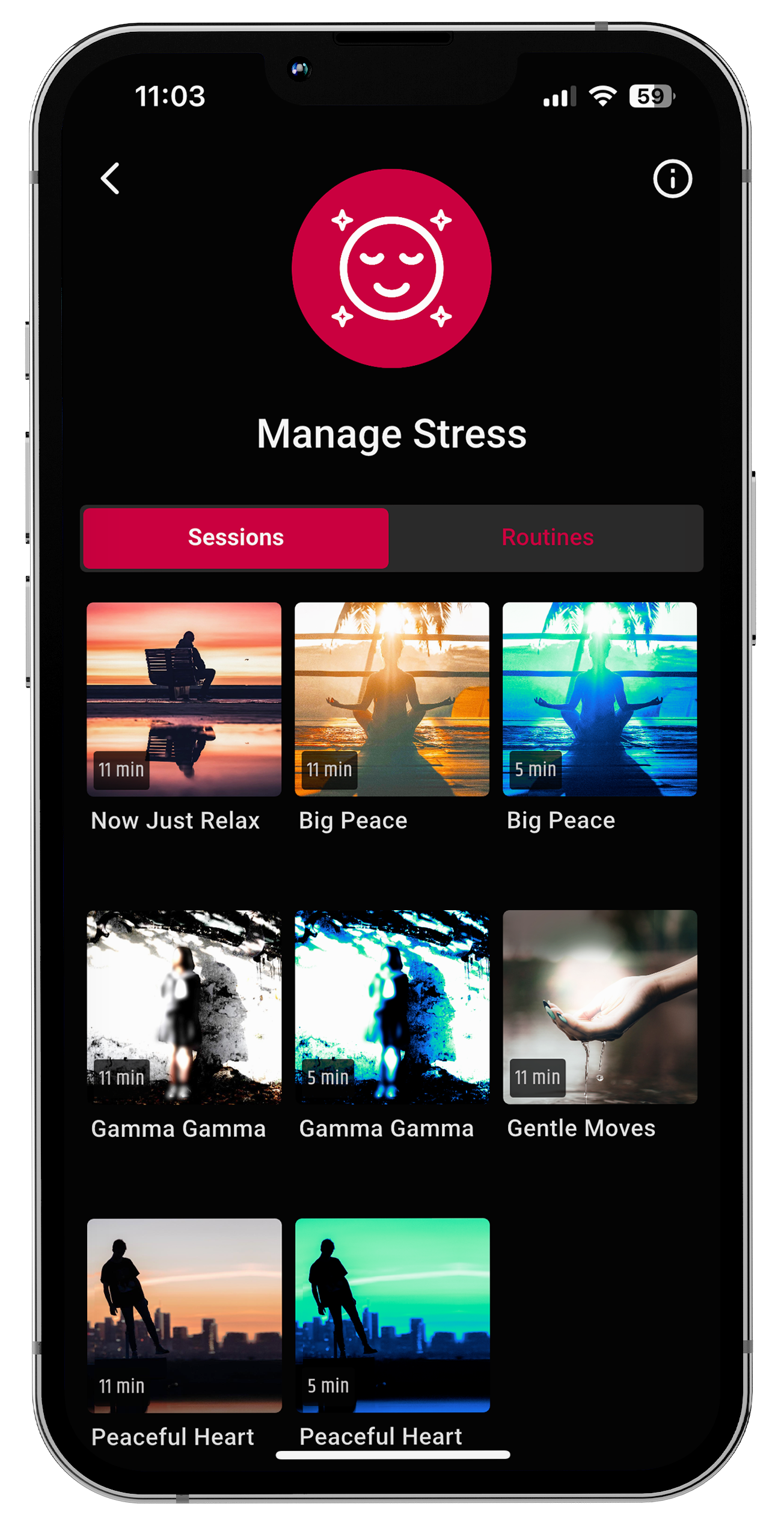
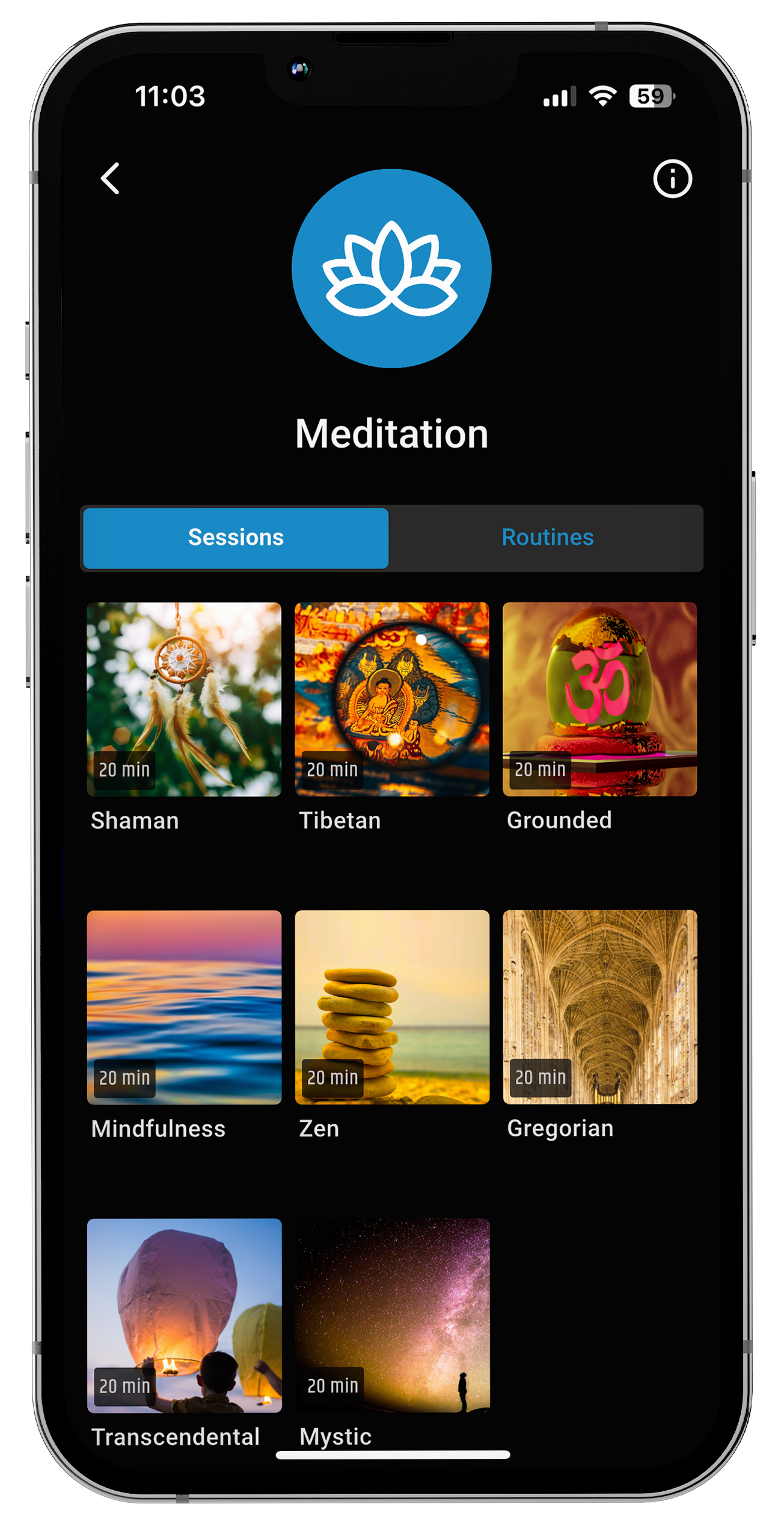
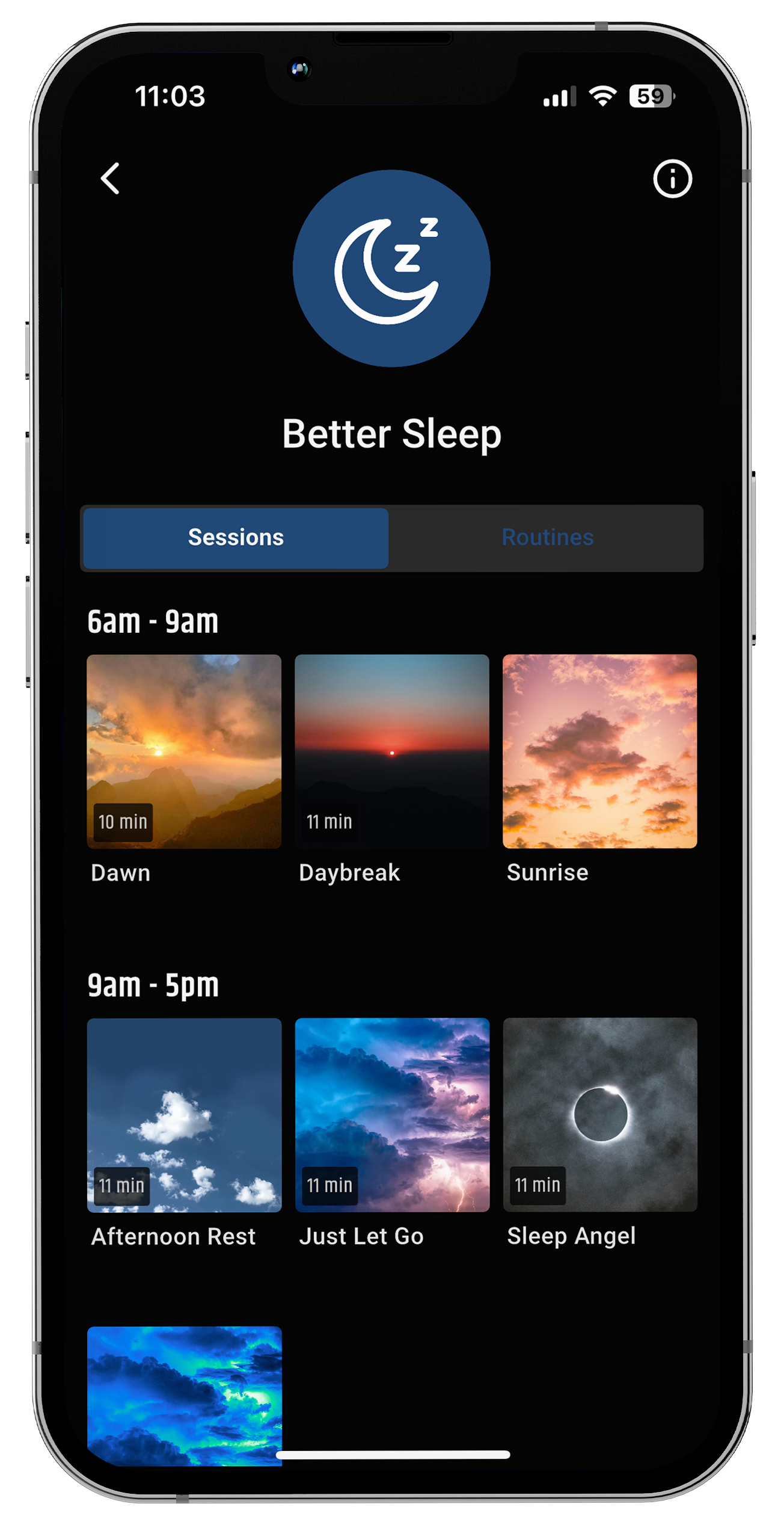
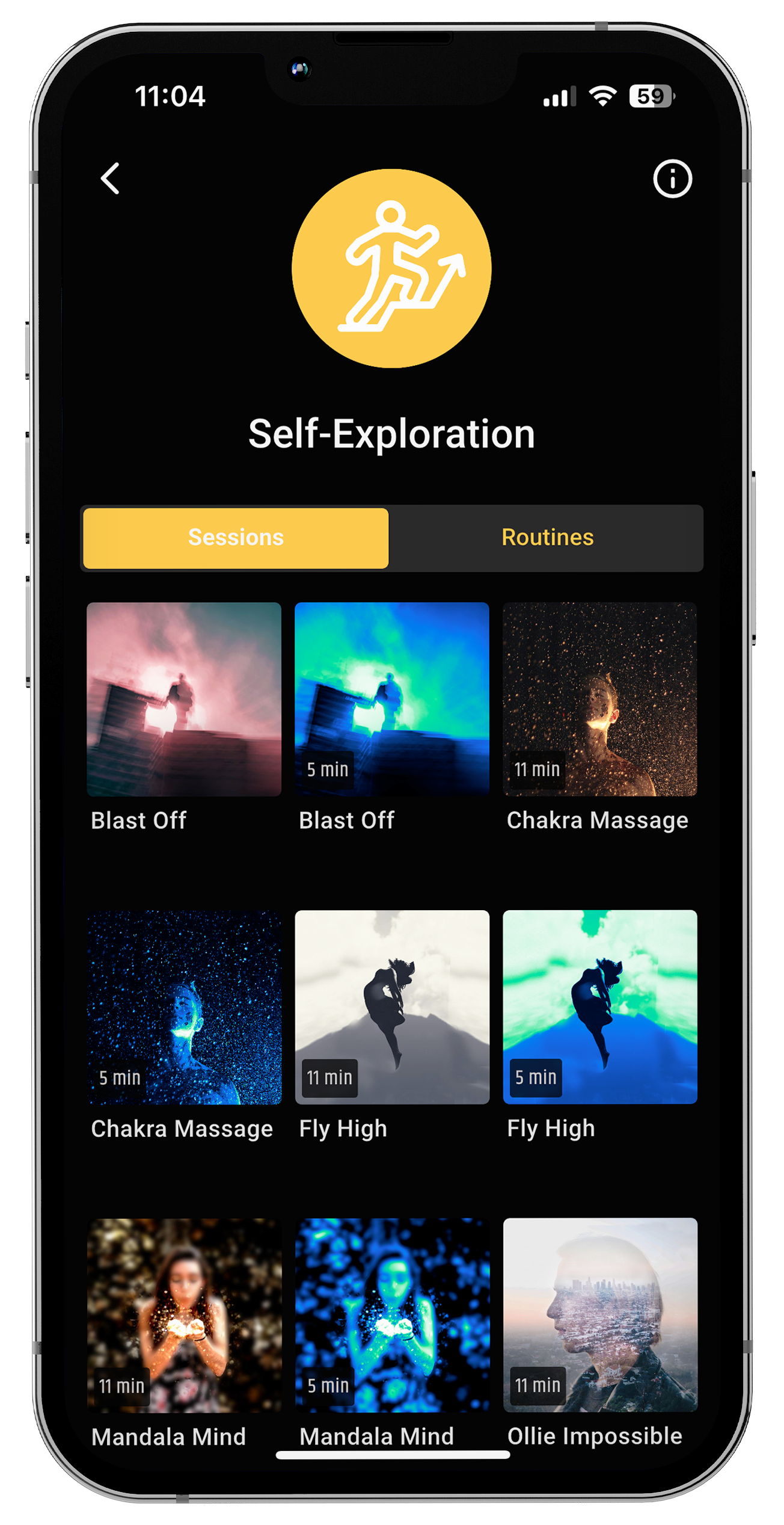








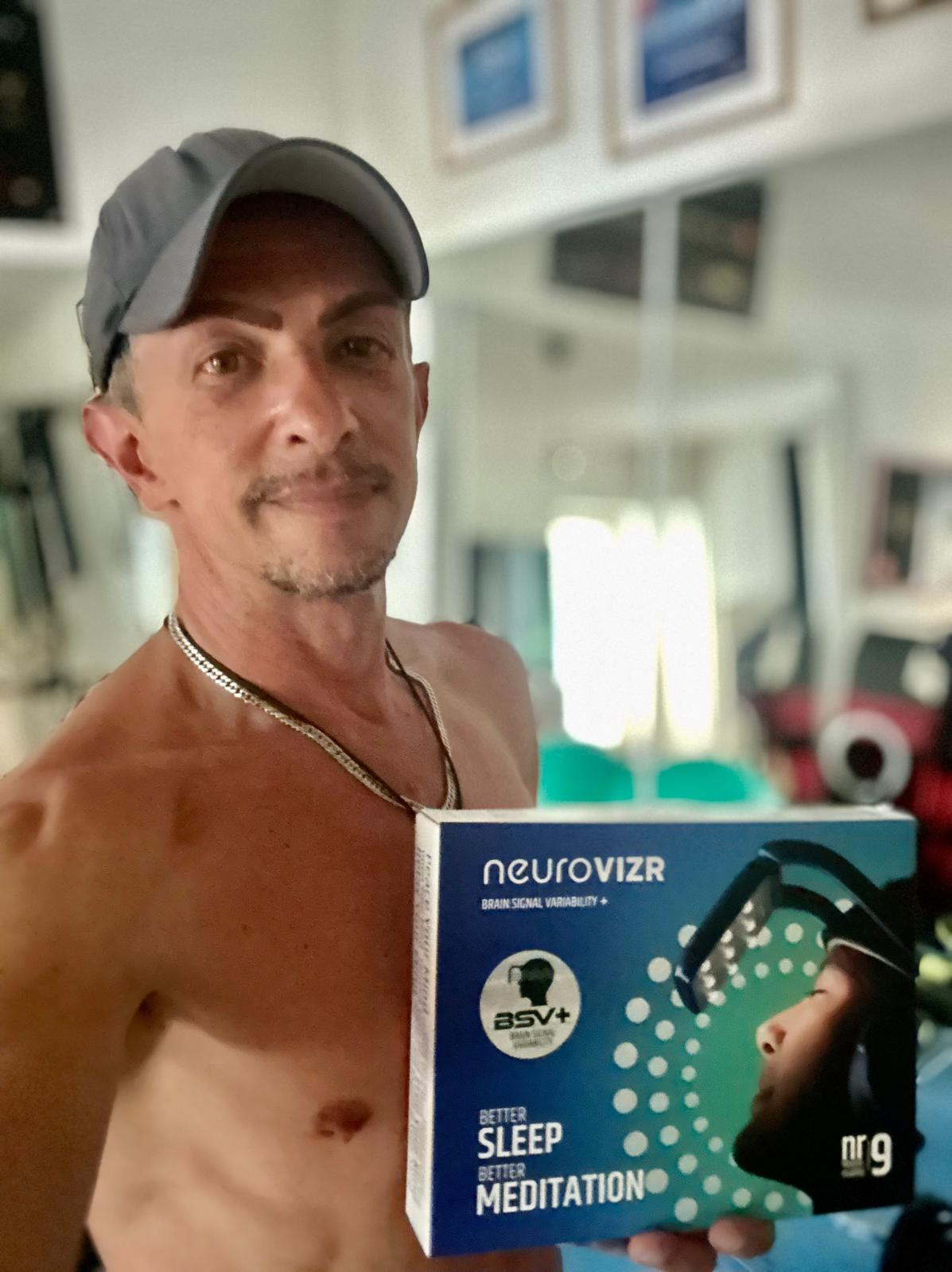
Share:
Rebuilding Connection: From Survival to Presence
Sensory Stimulation Activities: How Touch, Sound, and Light Strengthen the Brain